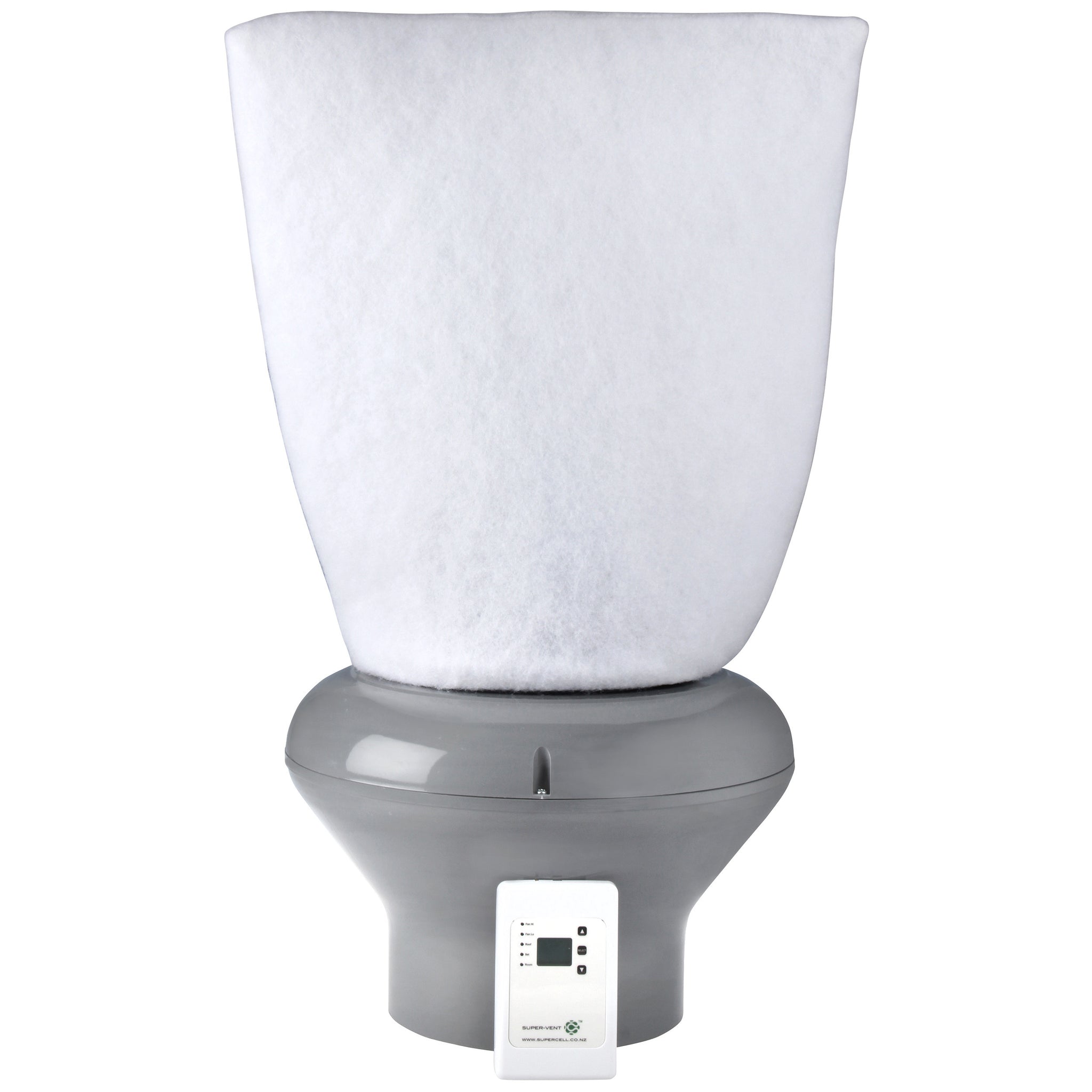
Damp homes, Who's at risk?
Who is at risk?
It’s commonly assumed that mould causes the health problems described above, though the evidence for this is generally weaker than for dampness itself. This may be related to the fact that scientists are still struggling to accurately measure indoor mould exposures.

The WHO estimates that in cold climates, 15% of dwellings have signs of dampness and 5% have signs of mould problems. In warm climates, the estimates are 20% for dampness and 25% for mould.
Since dampness is more likely to occur in houses that are overcrowded and lack appropriate heating, ventilation and insulation, the prevalence of damp indoor problems in low-income communities and rental accommodation can be substantially higher.
Climate change and its effects on the weather (storms, heavy rainfall and floods) are likely to further increase the proportion of buildings with damp problems.
 supervent $1360
supervent $1360

 Prev Post
Prev Post

